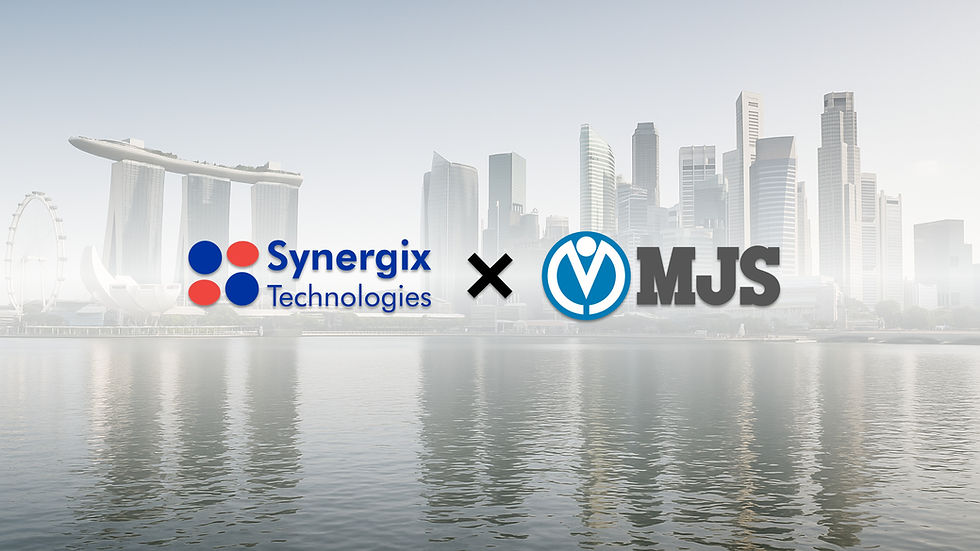California’s New AI Law Could Change the Global AI Landscape Even Outside of the US
- Simeon Spencer
- Sep 2, 2024
- 4 min read

Ordinarily, a law passed on the other side of the planet should be nothing more than a curious footnote in our daily news feed—certainly not something that ripples its way across the globe and plops itself down in our lap. Yet, in the age of generative AI, particularly with the United States at the helm of consumer-facing tech, we find ourselves inextricably tethered to this single bill in California, whether we fancy it or not.
The California State Assembly passed the Safe and Secure Innovation for Frontier Artificial Intelligence Models Act, also known as SB-1047, on August 28. This AI act seeks to enforce the following for all AI companies and developers in Silicon Valley:
Develop and implement robust administrative, technical, and physical measures to prevent unauthorized access, misuse, or unsafe modifications of the covered model, considering risks from advanced threats.
Build a kill switch for covered models.
Before public or commercial use of a covered model, the developer must assess and document its potential for harm, implement safeguards, and ensure any harmful actions can be accurately attributed.
Retain a third-party auditor to ensure that covered models comply with the law
Now, here’s where things get interesting. The term “covered model” is defined as an AI model trained using a quantity of computing power greater than 10^26 integer or floating-point operations, the cost of which exceeds US$100M. If your model is based on fine-tuning an existing covered model, it also falls under this category if the fine-tuning costs exceed US$10 million.
In essence, if you’re an enterprise fine-tuning or crafting a Large Language Model (LLM) from scratch, you’ll almost certainly find yourself ensnared in the wide net of this law by the time your model is ready to dazzle the world. According to McKinsey, the price tag for fine-tuning an AI chatbot on an existing LLM could set you back anywhere from $2 million to $10 million. Building an LLM from the ground up? Prepare to part with a cool $200 million. California’s regulators seem to have taken these figures to heart and decided that nearly every enterprise-level LLM deserves a place under their regulatory umbrella.
So, what does this mean for the global AI landscape?
Impact Inside and Outside of the US
Multinational corporations and research institutions that once happily tinkered away at AI models for internal use or academic curiosity will now find themselves navigating a maze of compliance costs. They'll need to build those aforementioned safeguards, install the obligatory kill switch, hire a well-paid auditor, and then spend countless hours filling out paperwork to get their models approved. All this is for projects that may never even see commercial use.
At first glance, this bill seems to affect only large enterprises, however, it could set a precedent for potential lawsuits against even smaller AI companies. Neil Chilson, Head of AI Policy at the Abundance Institute, explains it well in his tweet below:
For those of us peering at this spectacle from outside the US, using our trusty generative AI tools like ChatGPT, this new law is the bringer of some unwelcome delays. Updates to our beloved AI tools will likely slow to a crawl, hampered by the need to comply with whatever California deems as the latest and greatest in safety and security protocols. We may even see our tools becoming less capable and trimmed down to meet the new regulatory standards.
But the real kicker is this: if California's law succeeds in putting a damper on AI innovation, it won’t just be a problem for Silicon Valley. The ripple effects could stifle global progress in AI. Why? Because the lion’s share of the world’s leading AI enterprises call the United States home. Just take a glance at the chart below, which shows the number of foundational AI models by organization in 2023. You’ll see a sea of American flags, underscoring just how concentrated the AI industry really is in the US.
Smaller and More Efficient Models Potentially the Way Forward?
It seems quite probable that companies aiming to dive into AI or create their own models will start looking for ways to sidestep that intimidating $100 million mark and the reach of SB-1047. One obvious move would be to focus on smaller, more efficient foundational models, keeping well clear of the thresholds that would bring the law crashing down on them.
In fact, AI researchers have also been researching a way to improve the efficiency of models Interestingly, AI researchers haven’t been idle either. In the quest for efficiency, Nous Research has introduced Llama 3.1, equipped with a shiny new training optimizer called DisTrO (Distributed Training Over-the-Internet). This clever bit of tech essentially lets AI models be trained over the internet, using nothing more than regular consumer-grade connections. Imagine a vast, peer-to-peer network of GPUs scattered across the globe, all working together to train AI models. It's a bit like crowdsourcing but for supercomputers.
The results are nothing short of impressive. DisTrO has achieved an 857-fold increase in training efficiency compared to the commonly used All-Reduce algorithm. It also slashes the amount of information sent during each training step from a whopping 74.4 gigabytes to a lean 86.8 megabytes, with only a minor dip in performance.
This method could become a crafty workaround to SB-1047. Making AI training cheaper and more efficient could help companies steer clear of California’s looming regulations—and any similar laws that might pop up elsewhere.
But for now, SB-1047 is still in the hands of California’s Governor, Gavin Newsom, who has until September 30th to decide whether or not to give it the final nod. The AI world holds its breath, waiting to see what the future holds.







Comments